Kids in Colonial America did not have an easy life. Most of their time was spent working. When they had a few moments to play they had to do so with found items since most parents couldn't afford toys or have the time to make them. All kids in colonial times were educated whether they could afford school, went for apprenticeships or were taught at home. Colony leaders felt that educating the kids would produce good citizens.
The Facts
Colonial kids had to work most of the time just as the adults did. The girls worked with their mothers learning to cook, sew and milk the cows. Boys worked with their father learning farming, cutting firewood and fixing tools. Free time was almost nonexistent. Most kids didn't have toys when they did have a few moments to play. If parents had some money they could import dolls, tea sets and such from England. Some toys such as doll houses could be made by their parents, but colonists were usually too busy with trying to survive. Children did find toys in everyday objects though. They took the rings off old storage barrels to roll around, used string for cat's cradle and pebbles for hopscotch.
Education was important to the early settlers. Families that could afford it sent their children to school, but if they could not they would educate them at home. Those that went to school were all in one room and taught by one teacher. There were very few books or paper. Most of what they learned they learned by memorization. Students did usually have a hornbook which was one piece of paper with the alphabet, numbers and a prayer on it that was attached to a piece of wood and covered with a see-through piece of cow's horn. The horn book had a piece of string at one end that allowed the student to wear it around their neck. Both girls and boys usually went to school until they mastered what was on the hornbook. After school, girls would go home to learn household duties while the boys continued with school learning reading and writing. The Bible and the New England Primer were the only educational books used in class. The New England Primer had questions and answers about God and rhymes for the letters of the alphabet. Boys that couldn't afford to go to school could be in apprenticeships to learn a trade if the fathers weren't already craftsmen themselves. Boys that didn't go to school usually went into apprenticeships around the age of 14, but there were some that went as early as six-years-old.
Benefits
Many of the colonies had laws that required parents to check their children's religious knowledge once a week. If parents were not doing a good job in raising their children to be good and productive colonists then the parents could be required to send them to school. Colonial Americans new that education would be beneficial to the whole colony by producing a person who believed in God, had good manners and a strong work ethic.
Time Frame
Children that went to school would go all day from eight in the morning until four in the afternoon six days a week. Girls stopped going to school by high school. Those boys that finished learning the New England Primer could go on to another school or go to work. Some boys as young as 11 with wealthy fathers could go on to college.
Geography
The lifestyles of kids in Colonial America were different depending on where they lived. There were diseases that killed many children's relatives in all the colonies, but some were worse off than others. In Plymouth, only one in four children died before they reached adulthood. But in the Chesapeake area, more than half of families had lost their children. Chesapeake was an area that was very humid which allowed diseases such as cholera and malaria to run rampant sometimes killing whole families at a time. Young kids often would have to go live with distant relatives.
Significance
Educating the kids in colonial times was important no matter how they were taught. Many people died at such a young age that children had to grow up quickly. Colonial leaders had no other choice but to depend on these kids to help sustain the colony.
Related Articles
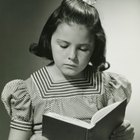
1930s School Clothes
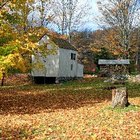
About Family Life in Colonial New Jersey

The History of Child Care Programs
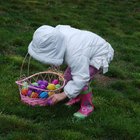
Where Did the Custom of Easter Baskets ...
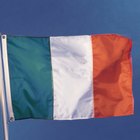
Irish Clothes of 1850

Children's Clothing in the 1900s
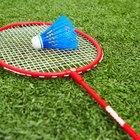
What Games Did Children Play in ...

Disciplining Children in the 1950s

Traditional Roles of Men & Women in ...

Children's Shoes in the 1950s
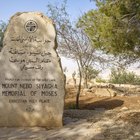
Children's Activities on Moses, the ...
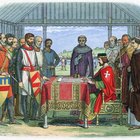
Kids' Clothing During the Medieval ...

Fashion for Children in the 1960s

Multicultural Activities for Infants

School Clothes in the 1900s
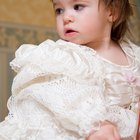
Children's Clothing of the 1800s

What Is White Oat?
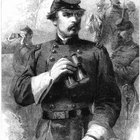
Men's Roles in the 1800s

What Additives Are in Flour?

Sock Hop Fashions of the 1950s and 1960s
Writer Bio
Tammy Forner is a freelance writer who has a proven record of producing a wide variety of material for large and small companies both online and off. Since 2008, Forner has managed three blogs, written for eHow and Associated Content, and copywritten material for clients. She holds a Bachelor of Arts degree in family life education from Spring Arbor University.